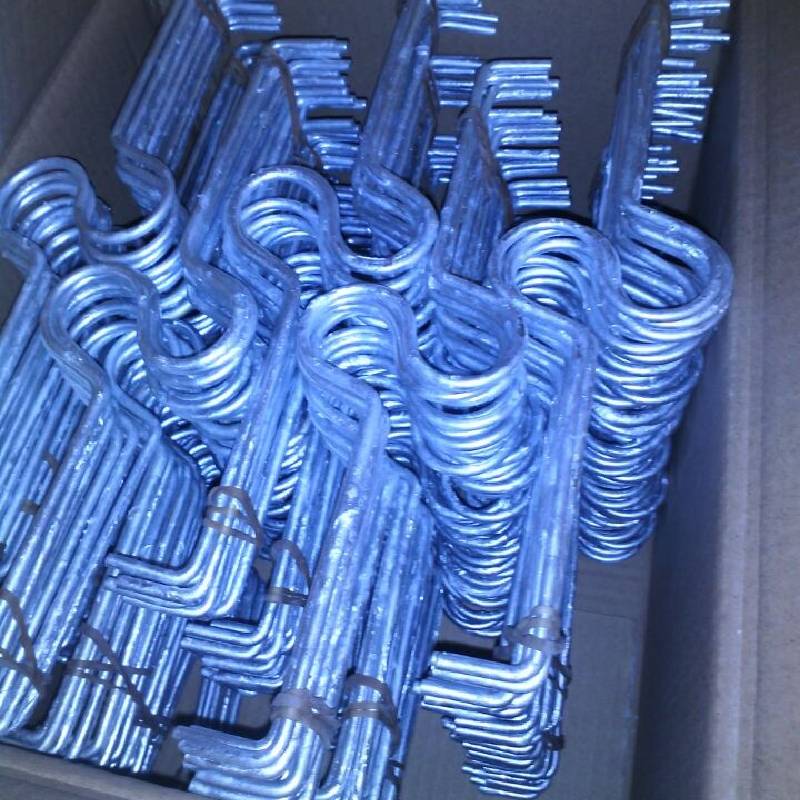
- Mobile Phone
- +8613931874955
- sales@cntcmetal.com
stainless steel net
The Versatility and Benefits of Stainless Steel Netting
In the realm of materials, few can match the versatility and utility of stainless steel. Amongst its numerous forms and applications, stainless steel netting stands out as a remarkable solution for various industries and purposes. This article will explore the unique properties of stainless steel netting, its applications, benefits, and why it has become an essential material in modern construction and other fields.
Understanding Stainless Steel Netting
Stainless steel netting is made from high-quality stainless steel wire, which is woven or welded into various mesh patterns. The choice of stainless steel as the primary material is significant, as it offers enhanced resistance to rust, corrosion, and general wear and tear. The netting can come in different grades of stainless steel, commonly 304 and 316, each suitable for different environments and exposure conditions.
Properties of Stainless Steel Netting
The unique properties of stainless steel that make it ideal for netting include
1. Corrosion Resistance Stainless steel is naturally resistant to corrosion, making it suitable for both indoor and outdoor applications. This quality extends its lifespan, reducing the need for frequent replacements.
2. Strength and Durability Stainless steel netting can withstand significant amounts of tension and stress without deforming, making it ideal for demanding applications.
3. Aesthetic Appeal The shiny finish of stainless steel adds a modern, sleek look, allowing it to be used in architectural designs where appearance is crucial.
4. Low Maintenance Unlike other materials that require regular treatment and maintenance, stainless steel is easy to clean and maintain, saving on long-term costs and labor.
Applications of Stainless Steel Netting
Due to its many advantageous properties, stainless steel netting finds applications across diverse fields, such as
stainless steel net

1. Construction and Architecture Often used in handrails, balcony enclosures, and as secondary facades, stainless steel netting adds both safety and style to buildings while allowing light and air to permeate.
2. Agriculture Stainless steel netting is widely used in agriculture for fencing, trellises, and support for crops, offering durability against the elements and pests.
3. Industrial applications It serves as a protective barrier in factories and warehouses, safeguarding both personnel and equipment from potential hazards.
4. Marine In coastal or marine environments, stainless steel netting is invaluable due to its resistance to saltwater corrosion, often used in boat moorings, elevated walkways, and docks.
5. Food Processing Stainless steel's hygienic properties make this netting a prime choice for food processing and storage areas, which must adhere to strict cleanliness standards.
Benefits of Choosing Stainless Steel Netting
1. Safety The robust nature of stainless steel netting provides safety features in various settings, including residential and industrial.
2. Economical Despite the initial investment, the longevity and minimal upkeep of stainless steel netting translate into cost-saving benefits over time.
3. Sustainability Stainless steel is recyclable, and opting for stainless steel netting can contribute positively to sustainability goals.
4. Customization Stainless steel netting can be customized into various sizes and mesh patterns, catering to specific requirements.
Conclusion
Stainless steel netting is an exemplary material that combines aesthetic appeal, durability, and functionality, making it a popular choice across multiple industries. Its properties of corrosion resistance, strength, and low maintenance leave it unmatched in performance and longevity. As technologies and manufacturing techniques continue to advance, the applications for stainless steel netting are likely to expand, offering innovative solutions for age-old problems. Whether for architectural design or protective barriers, stainless steel netting stands ready to meet the demands of modern society, seamlessly blending form and function.
share:
-
Your Source for Concrete Wall Ties and Masonry AccessoriesNewsJul.10,2025
-
Unlocking the Power of Iron Wire for Every ProjectNewsJul.10,2025
-
Explore Advanced Chain Wire and Stainless Steel Mesh FencingNewsJul.10,2025
-
Discover the Benefits of Annealed Wire ProductsNewsJul.10,2025
-
Discover China Stainless Steel Wire Mesh SolutionsNewsJul.10,2025
-
Build with Confidence Using High-Performance Masonry AccessoriesNewsJul.10,2025
-
Why Sacrificial Formwork Is Redefining Underground ConstructionNewsJun.06,2025



















